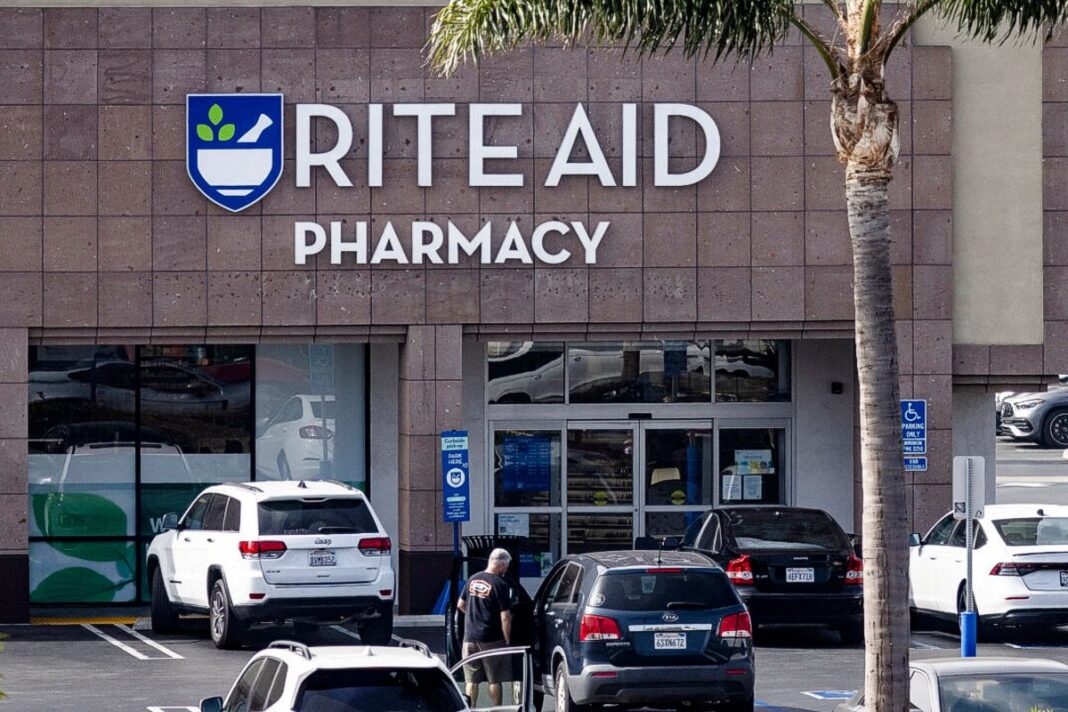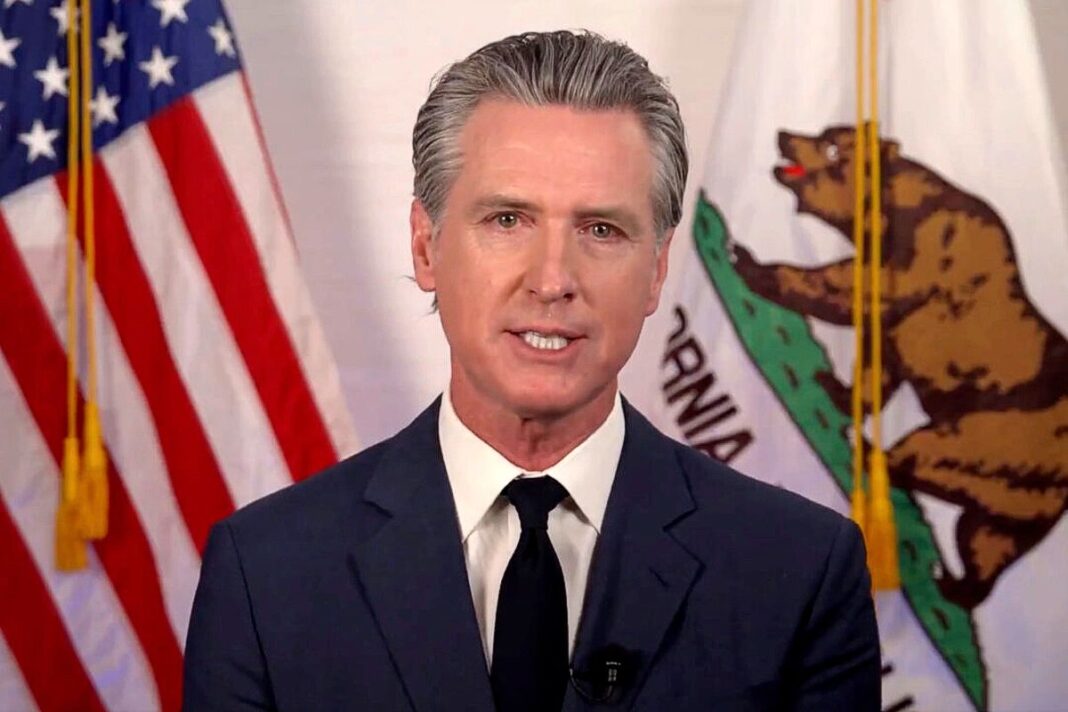The company confirmed the shutdown of its remaining locations after years of financial losses and two bankruptcy filings in less than two years.
Rite Aid, one of the largest pharmacy chains in the country, has permanently closed the last of its locations after struggling with bankruptcy for years.
“All Rite Aid stores have now closed,” the company said on its website. “We thank our loyal customers for their many years of support.”
The closure was expected. In May, Rite Aid filed for bankruptcy for the second time in less than two years, after poor performance in its retail business made it difficult for the company to maintain cash flow and restock inventory.
“Since emerging from our financial restructuring process in September, Rite Aid has continued to experience a number of financial challenges,” CEO Matt Schroeder said in a May 5 statement announcing the new Chapter 11 filing.
“Unfortunately, these challenges have only intensified as a result of the rapidly evolving retail and healthcare landscapes in which we operate.”
At the time, Rite Aid said it would use the court process to sell its pharmacy business and other assets. It also secured $1.94 billion in new debtor-in-possession financing to maintain operations during the sale process and ensure an orderly wind-down.
Later in May, the company announced agreements to sell prescription files and other assets from more than 1,000 store locations to CVS Pharmacy, Walgreens, Albertsons, Kroger, and Giant Eagle, among others.
The company’s Chapter 11 plan, filed in late September, outlined the sale of almost all assets and the creation of a liquidating trust to handle remaining claims and distribute proceeds to creditors.
At its peak, Rite Aid operated more than 2,000 stores across the United States, but years of declining sales, heavy debt, and fierce competition from larger chains and online retailers eroded its market position. The company had previously restructured in 2024, closing hundreds of underperforming locations and shedding debt, but failed to achieve a sustainable turnaround.
By Tom Ozimek








